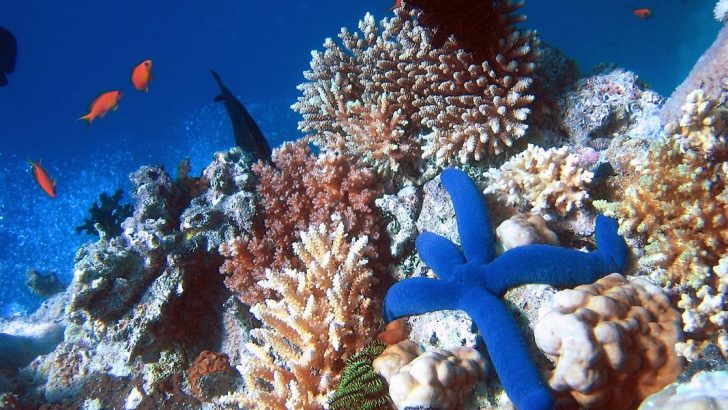Driverless trucks set to take over roads in Texas
A giant 18-wheel transport truck is barrelling down a multi-lane Texas motorway, and there is no one behind the wheel.
The futuristic idea may seem surreal, but it is being tested in this vast southern US state, which has become the epicentre of a rapidly developing self-driving vehicle industry.
Before driverless trucks are allowed onto roads and motorways, however, multiple tests must still be conducted to ensure they are safe.
Self-driving lorries are operated using radars, laser scanners, cameras and GPS antennas that communicate with piloting software.
“Each time we drive a mile or a kilometre in real life, we re-simulate a thousand more times on the computer by changing hundreds of parameters,” explains Pierre-François Le Faou, trucking partner development manager at Waymo, the self-driving unit at Google’s parent company Alphabet.
Tonga explosion equivalent to hundreds of Hiroshimas – NASA
The Tonga volcanic eruption unleashed explosive forces that dwarfed the power of the Hiroshima atomic bomb, NASA scientists have said.
The NASA Earth Observatory said the Hunga Tonga-Hunga Ha’apai volcano spewed debris as high as 40 kilometres into the atmosphere during the 15 January eruption that triggered huge tsunami waves.
“We think the amount of energy released by the eruption was equivalent to somewhere between five to 30 megatons of TNT,” NASA scientist Jim Garvin said in a press release.
NASA said the eruption was hundreds of times stronger than the US atomic bomb dropped on the Japanese city of Hiroshima in August 1945, which was estimated to be about 15 kilotons of TNT.
The agency said the eruption “obliterated” the volcanic island about 65 kilometres north of the Tongan capital Nuku’alofa.
It blanketed the island kingdom of about 100,000 in a layer of toxic ash, poisoning drinking water, destroying crops and completely wiping out at least two villages.
Pristine coral reef found off Tahiti
Scientists have discovered a pristine, 3km-long reef of giant rose-shaped corals off the coast of Tahiti, in waters thought to be deep enough to protect it from the bleaching effects of the warming ocean.
The reef, which lies at depths of more than 30 metres, probably took around 25 years to grow. Some of the rose-shaped corals measure more than 2 metres in diameter.
“It was magical to witness giant, beautiful rose corals which stretch for as far as the eye can see. It was like a work of art,” said French photographer Alexis Rosenfeld, who led the team of international divers that made the discovery.
Most of the world’s known coral reefs are in warmer waters at depths of up to 25 metres, UNESCO said. The reef off Tahiti lies in the “twilight zone” 30 to 120 metres below the surface, where there is still enough light for coral to grow and reproduce.


